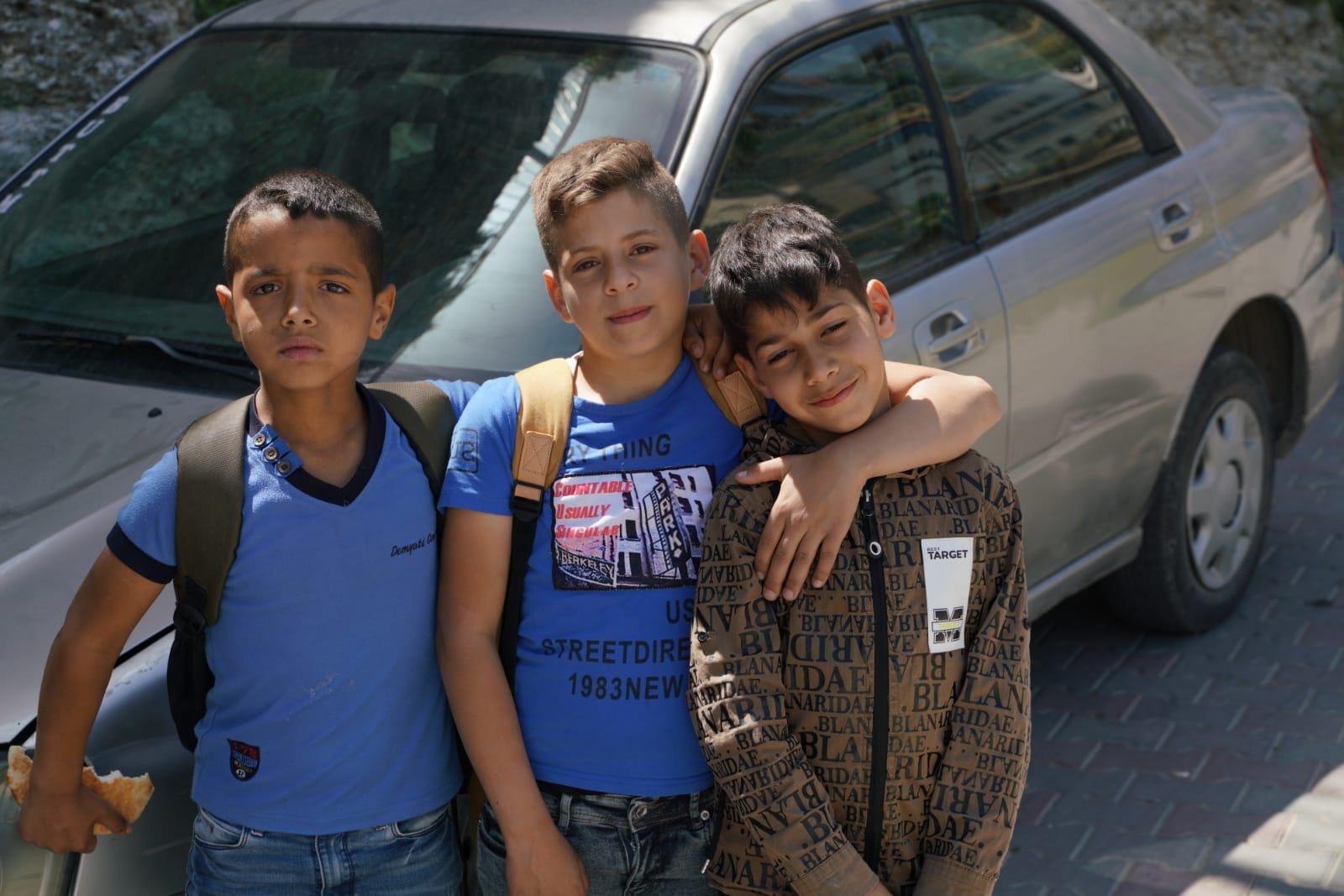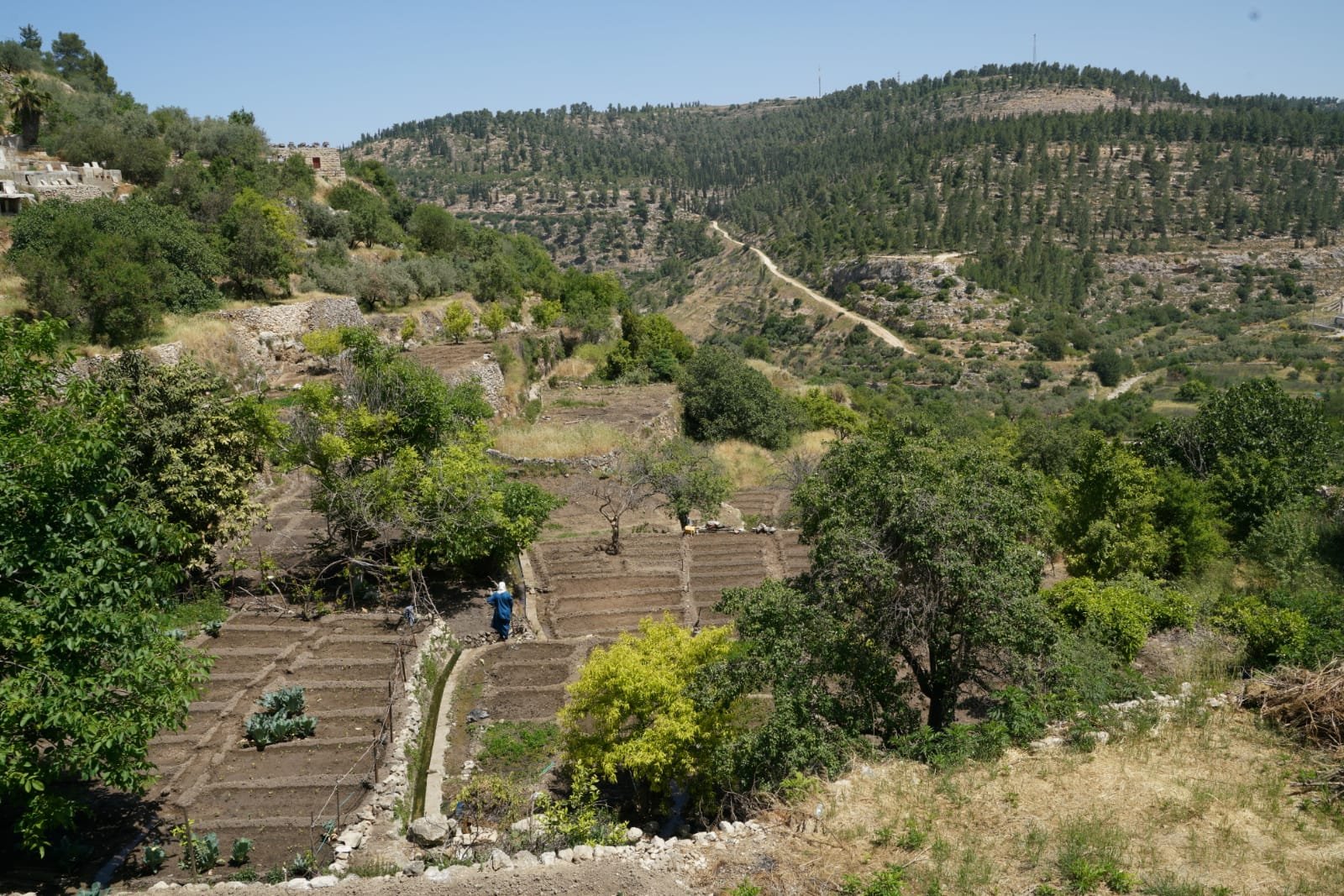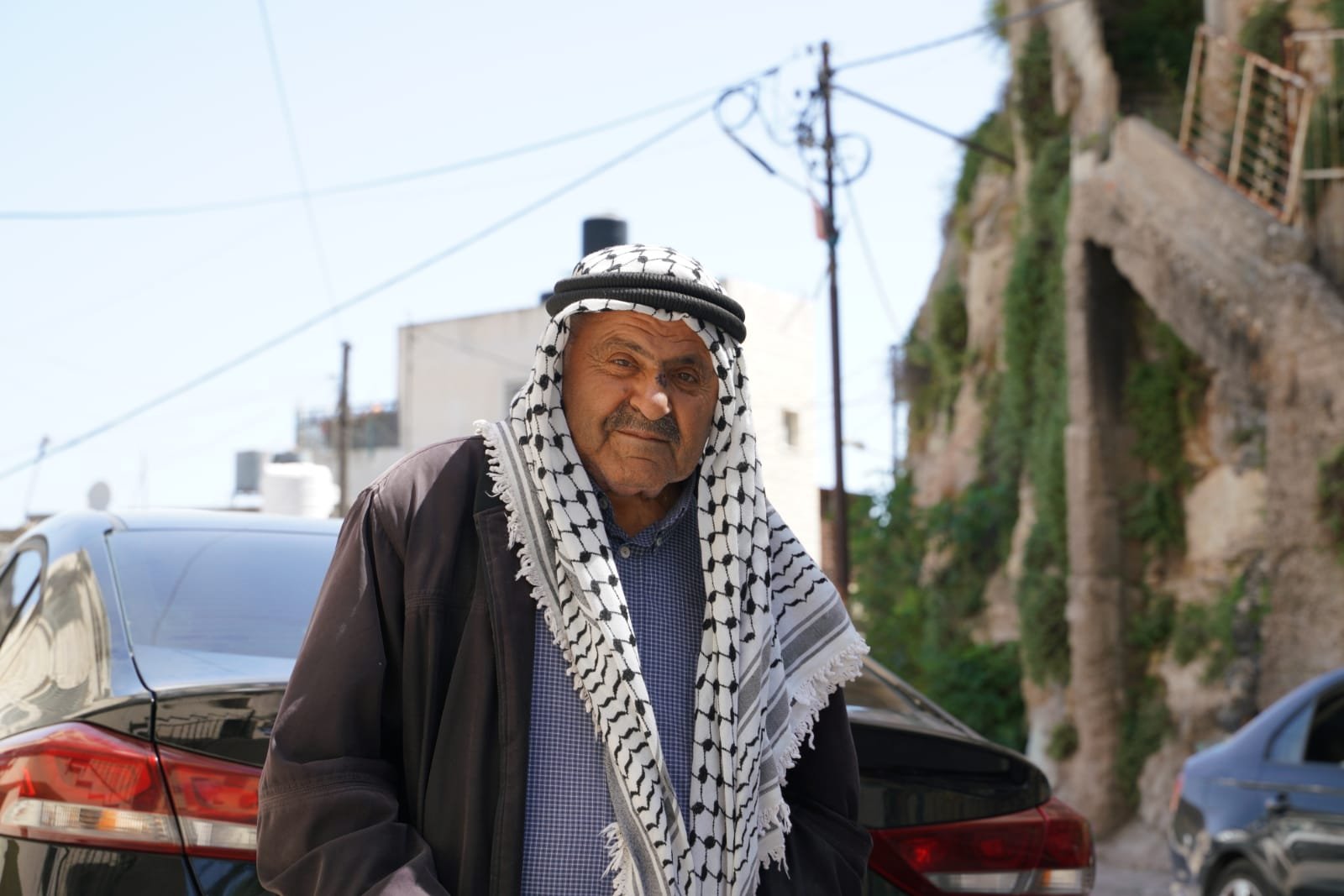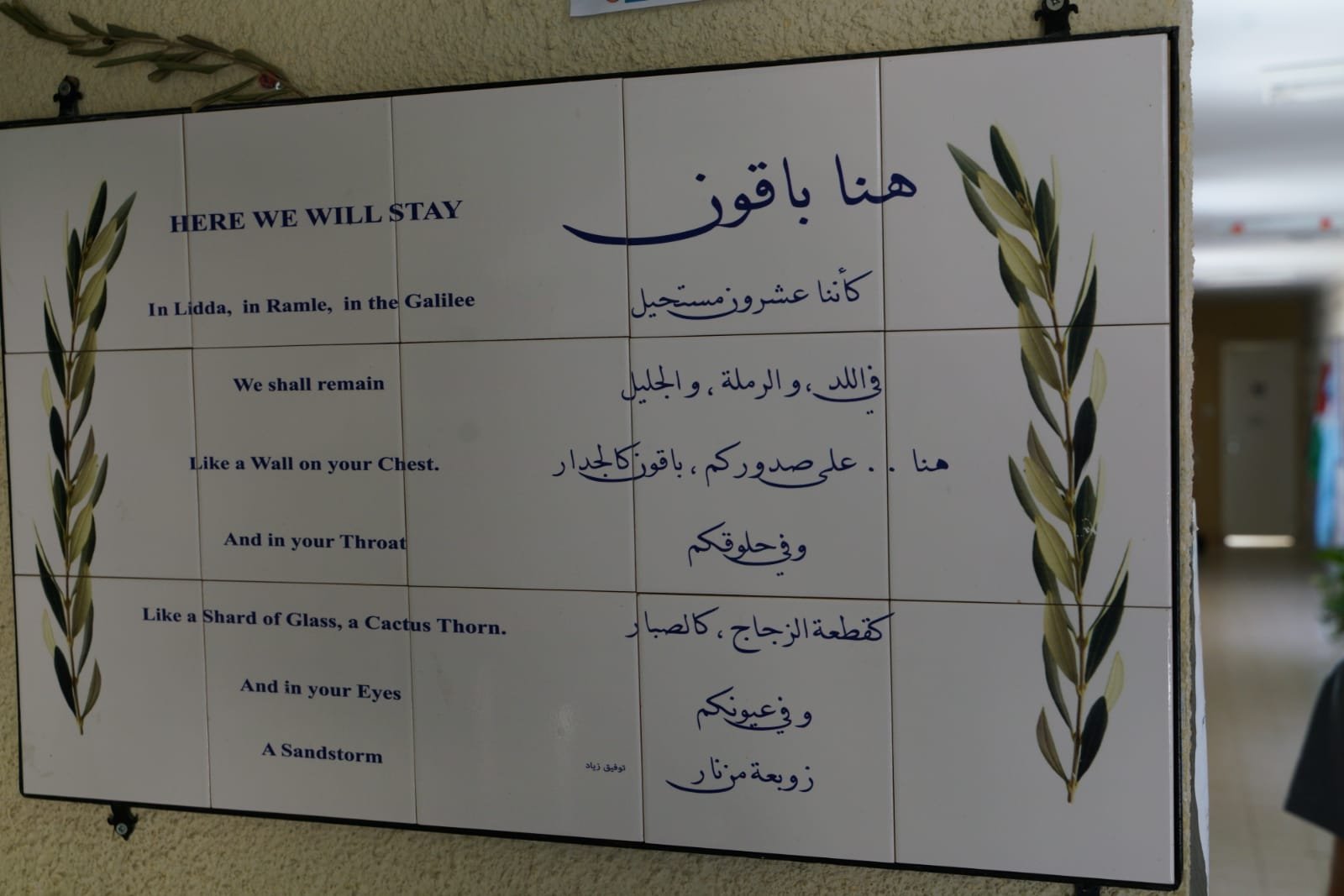And in your eyes, a Sandstorm
“From the trickling Jordan river to the Mediterranean Sea, Palestine will be free and we demand that the U.S. supported Israeli occupation come to an end! ”
Author: Matthew
From the Jordan Valley, to East Jerusalem and Sheikh Jarrah, from Hebron to the Aida refugee camp, From the Al Jazeera office to the oldest human rights organization in Palestine, Al Haq. From vibrant Ramallah to resisting Bil'in. From Nabi-Sala to Baddir, from Kfar Aqab to Gaza. From Area A to C
From the trickling Jordan river to the Mediterranean Sea, Palestine will be free and we demand that the U.S. supported Israeli occupation come to an end!
This is a moment of deep collective mourning for the murder of Palestinian Journalist and Al Jazeera Correspondent Shireen Abu Akleh, which evidence and eyewitness accounts clearly show resulted from Israeli soldiers intentionally firing upon the press in Jennin refugee camp. Multiple young people have been killed by Israeli forces in the past few days as well, including 16 year old Thaer Khalil Mohammad Maslat in Al Bireh on May 11th. He is the 10th Palestinian child fatally shot by the IDF in 2022. As these events have taken place, our delegation has been following the news, though our visits are continuing as planned. In light of these extremely saddening events, I want share some of my favorite pictures from the last few days. Palestinians know that joy is resistance - we are experiencing this daily here.
1. Miriam: "I feel alive and free in this land", was one of the first things she told us about her connection to Bettir, despite the occupation. Today happened to be her Birthday. Miriam is the municipal librarian of the Palestinian village of Battir, where 5500 Palestinians live, having resisted the Israeli occupation since 1948. 8 family names make up this village, which they were able to have declared as an UNESCO world heritage site in 2012 for its preserved 2000 year old farming system and roman era irrigation infrastructure. They have found a way to return to and remain on their home through a legal mechanism that Israel has respected, which is not the case for so many (including the 530 villages displaced and razed by Zionists during the Nakba in 1948). And by the way, the right of return for Palestinian refugees is guaranteed under international law; it's shouldn't be a radical notion. Miriam sang heritage songs for us. She shared her family's way of singing the expression "Offf", which is often an expression of frustration under difficult circumstance. She sang it for us in a joyful way, the same way she had heard from her father. It was her birthday today, and she made a wish upon a big dandelion, blowing its seeds into the wind.
2. Meet Mohammad, Ewan, and Mahmoud. Three Palestinian boys who were playing in the streets of Battir as our group walked through. As we interacted more, and they saw my camera they eventually posed for a picture. Soon this turned into a handstand and headstand contest between me and a few of the boys in the group. Mohammad (on the left) followed us through the whole tour of the village of Battir, listening to the English intently, and picking fruits and nuts for our group to try. They held such warm regard and camaraderie with each other, common amongst Palestinian boys and young men, even holding hands and kissing each other on the cheek as a casual greeting. Many children in Palestine are subject to intense repression and violence from the occupation. We learned in our meeting with Addameer that Israel currently has 160 Palestinian children in its prisons.
3. "Alfalaahin" - the arabic word for farmers/peasants. The 2000 year old agricultural fields of Battir, famous for their unique variety of eggplant. They shared that the villagers save their seeds year to year, and amend their soils with organic nutrients like chicken manure. In the background, you can see pine trees on the surrounding hills. Pine trees were first planted by the British pre 1948 during the British Mandate. And the Israeli Zionists continued tree planting campaigns through the Jewish National Fund. They claim it's "greening the desert", but in reality these trees are not native to Palestine. They catch fire easily, and absorb lot of water. These trees are part of the broader settler campaign, planted intentionally to cover up razed Palestinian villages, so as to further erase their memory.
4. One of the Battir village elders, Abu Jaffa, proudly wearing his Kuffiyeh head scarf. The Palestinian Kuffiyeh has become a universal symbol of the Palestinian struggle for liberation. Historically worn by Palestinian farmers under Ottoman rule, and popularized by the late Palestinian leader Yasser Arafat.
5. Poem on the wall of Baddir City Center:
HERE WE WILL STAY
In Lidda, in Ramle, in the Galilee.
We shall remain
Like a wall on your chest
And in your throat
LIke a shard of glass
a cactus thorn
And in your eyes, a Sandstorm
#eyewitness71





